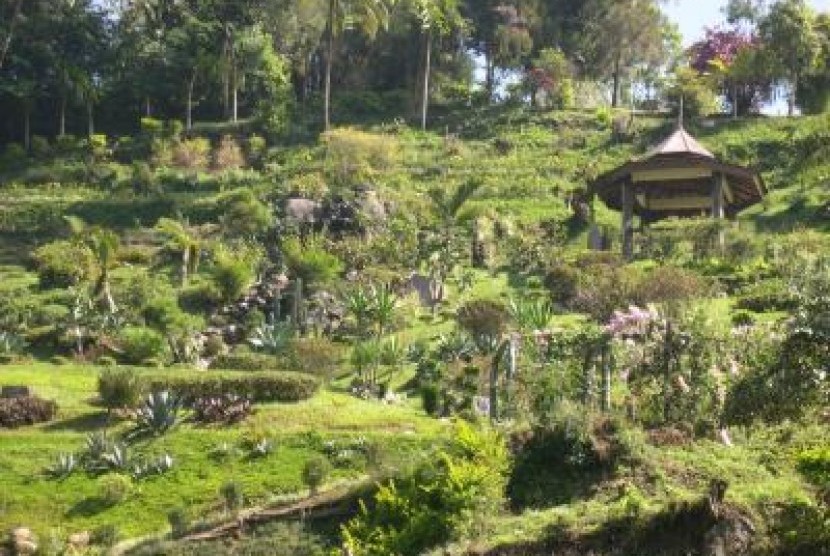REPUBLIKA.CO.ID, WAMENA -- The Indonesian Institute of Sciences (LIPI) is cultivating 120 different species of the Papuan Rhododendron in the Biological Botanical Garden of Wamena, Papua Province, in a bid to save indigenous Indonesian plants.
Soekarno, a researcher at LIPI in Wamena who is also a colleague at the botanical garden, said Rhododendron is a flowering shrub, and most of its species widely grow in Papua.
"As many as 120 species of Rhododendron grow in Papua, and all of them have not been well identified. Typical Rhododhendron plants here are yellow and red," Soekarno noted here on Monday.
Based on data from LIPI, Soekarno said, overall, there are 180 species of Rhododendron plants in Indonesia, and most of them grow in Papua.
"Until now, only 28 of the 120 species of Rhododendron plants in Papua have been identified. In a nursery area of Wamena's Biological Botanical Garden, several species of Rhododendron have been bred but are not yet in bloom, so we are still confused while differentiating one flower from another based on their differences," he revealed.
He added that the preservation of Papua's various native plant species is being done on 165 hectares of the Biological Botanical Garden, with the aim of preventing the plants from becoming extinct.
"We have built a 500-square-meter special garden for Rhododendron conservation. The flowers of the Rhododendron plants that grow in the area are not just of different colors but also different sizes, and it helps us to determine the different types of flowers," he noted.
He added that LIPI will also conduct research on May grass, which are wild grass plants that always change color from green to pink and purple in May in Wamena.



